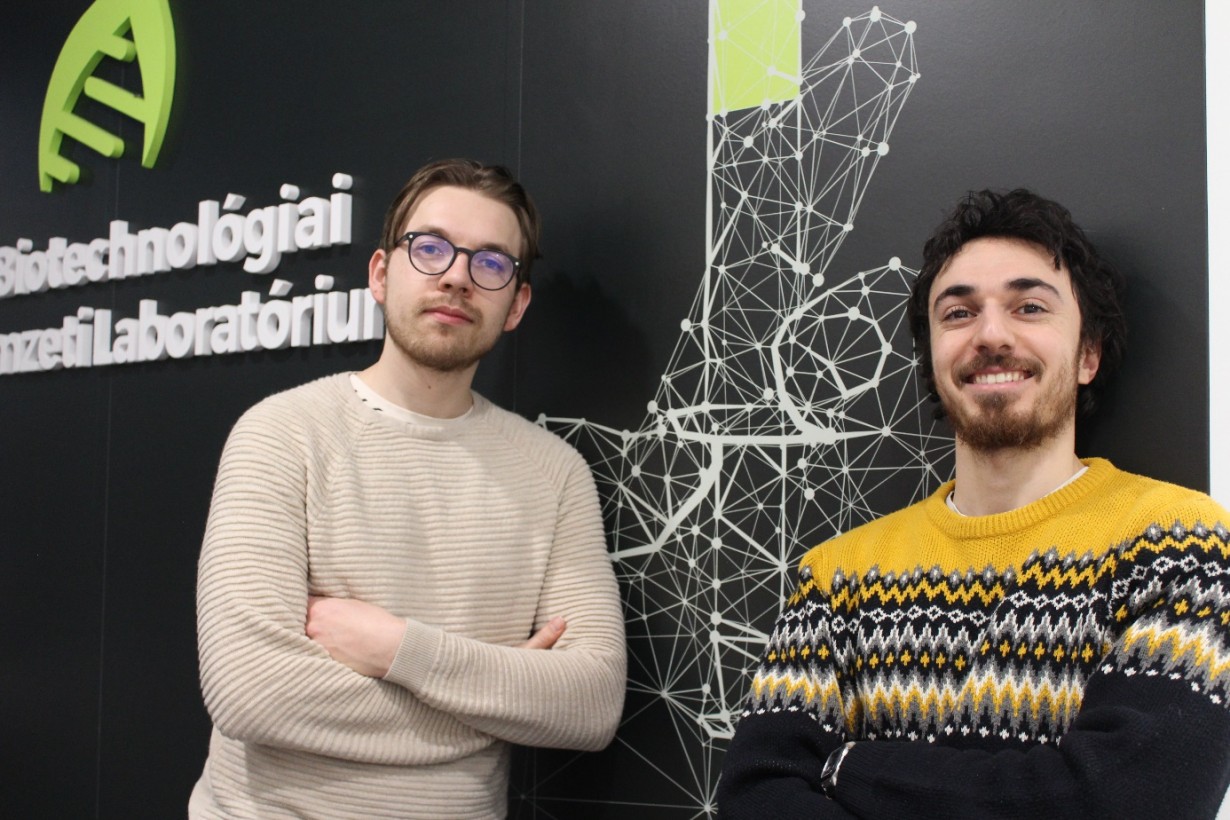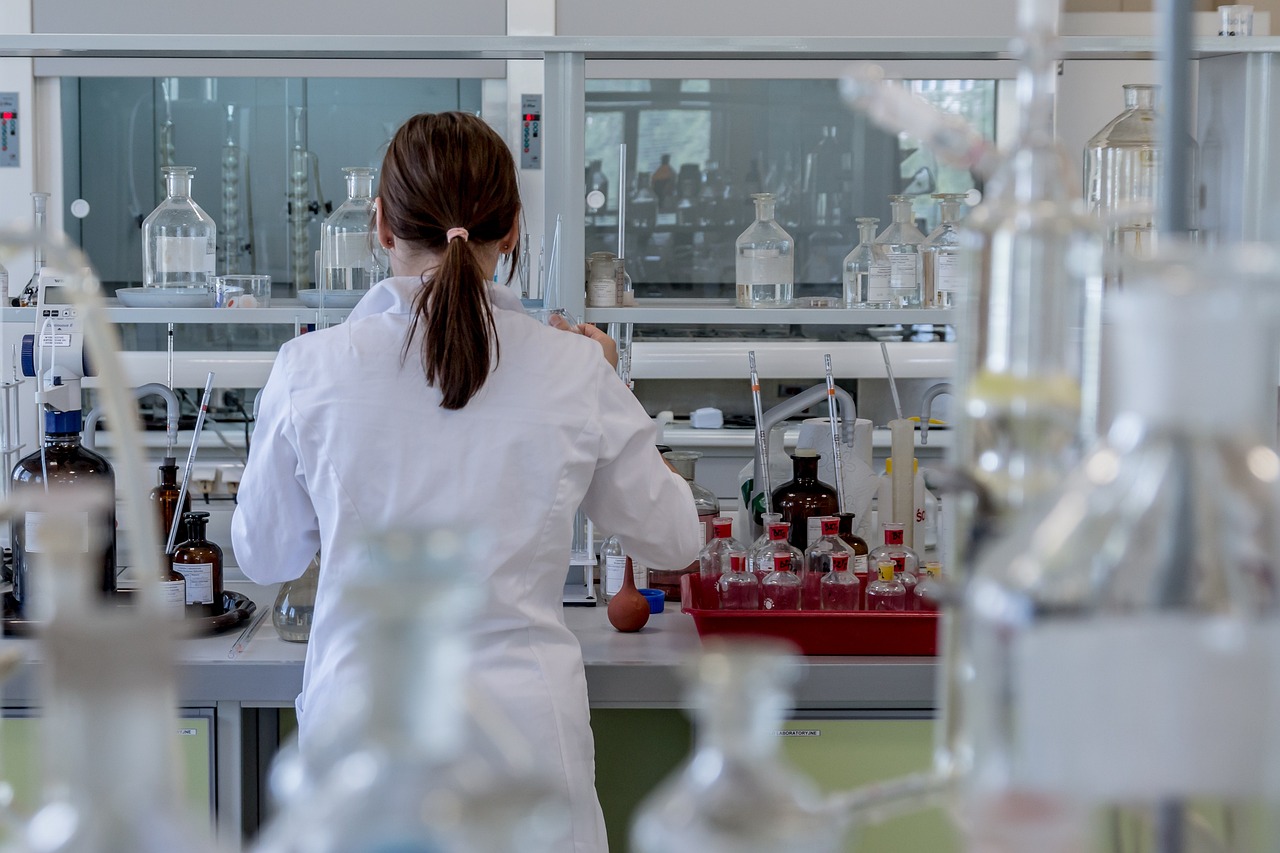Szeged Researchers Seek New Solutions to Tackle the ‘Silent Pandemic’ of Antibiotic Resistance
A groundbreaking study by scientists at the HUN-REN Biological Research Centre in Szeged, recently published in Nature Communications, provides new insights into how bacterial resistance arises—and offers a promising strategy for designing antibiotics that minimise the risk of resistance.
Antibiotic resistance remains a global challenge. Even the newest antibiotics in development rapidly encounter resistance, as research shows. “This underscores the urgent need to understand the fundamental principles that govern antibiotic effectiveness. By exploring these principles, we can pave the way for designing future generations of antibiotics with a reduced risk of resistance,” says Csaba Pál, leader of the research group.
Antimicrobial resistance is now often referred to as a “silent pandemic”, and projections suggest it could cause up to 10 million deaths annually by 2050. Gram-negative bacteria, in particular, present a major challenge due to their outer membranes, which significantly impede antibiotic uptake. The team developed a dual-target membrane-permeabilising strategy—one that enables penetration of the bacterial outer barrier—which proved highly effective in reducing resistance among critical pathogens studied under the supervision of Elvin Maharramov and Márton Czikkely. By combining outer membrane disruption with interference in another essential cellular function, the emergence of bacterial resistance was dramatically reduced.

Elvin Maharramov and Márton Czikkely
This approach highlights that it is not only the number of antibiotic targets that matters, but also their specific identity. In laboratory evolution experiments, dual-target antibiotics consistently resulted in lower levels of resistance than conventional ones. Environmental screening further confirmed that resistance genes associated with such antibiotics are significantly less prevalent in nature.
Notably, no resistance genes were detected in environmental samples for the antibiotic tridecaptin M152-P3—a striking contrast to many recently developed antibiotics, for which such genes are already present in nature.
Bacteria can rapidly evolve resistance, even to last-resort antibiotics such as colistin. The group’s study proposes a novel strategy based on targeting mechanosensitive channels, which enable molecular transport across the cell membrane in response to mechanical stimuli. This approach could open up new avenues for developing antibiotics against multidrug-resistant Gram-negative pathogens.
The findings demonstrate that rationally designed dual-target antibiotics can significantly reduce the risk of resistance. This not only deepens our understanding of bacterial resistance mechanisms but also supports the development of safer, more effective antibiotics—an urgent priority for global public health.

